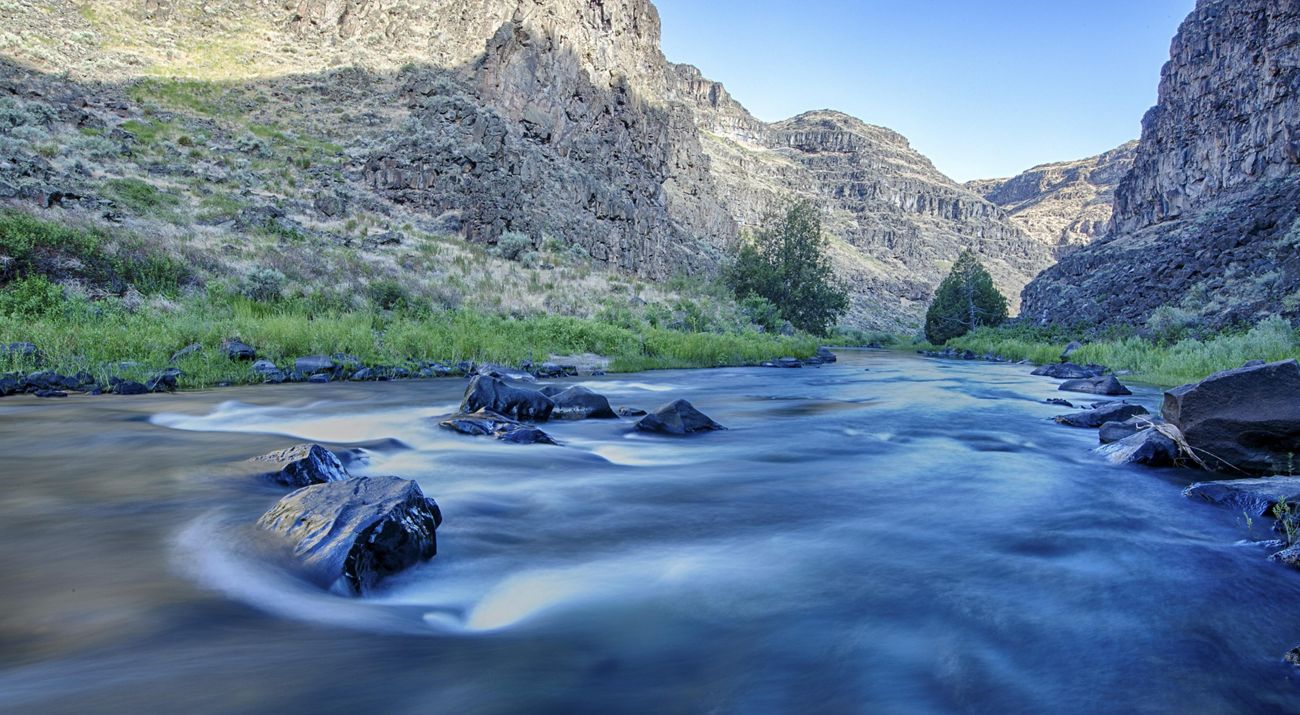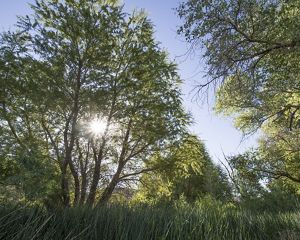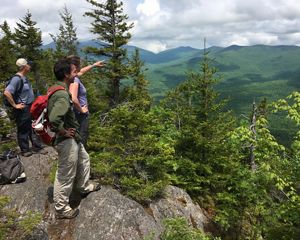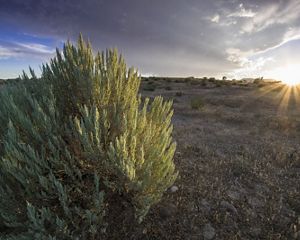TNC scientists are mapping climate adaptation passages that allow species to escape growing climate impacts and find new homes where they can thrive.
Many of the world’s species are on the move because of climate change. In North America, species are shifting their ranges north and to cooler places and higher elevations to adapt to a changing climate. In Nevada’s ecosystems, species will be increasingly stressed and are projected to migrate as they adapt to changing conditions.
A new tool called the Resilient and Connected Lands Network has helped The Nature Conservancy identify North America’s most climate-resilient lands. Here in Nevada, we have identified Monsoon Passage, a natural highway that provides desert tortoises, bighorn sheep, Cooper’s hawk, mule deer and other species escape routes from growing climate impacts, allowing them to find new homes where they can thrive. Monsoon Passage's name comes from its location at western edge of the summer monsoons, which provide both needed eastern-facing moisture to buffer rising temperatures and a pathway for species moving north.
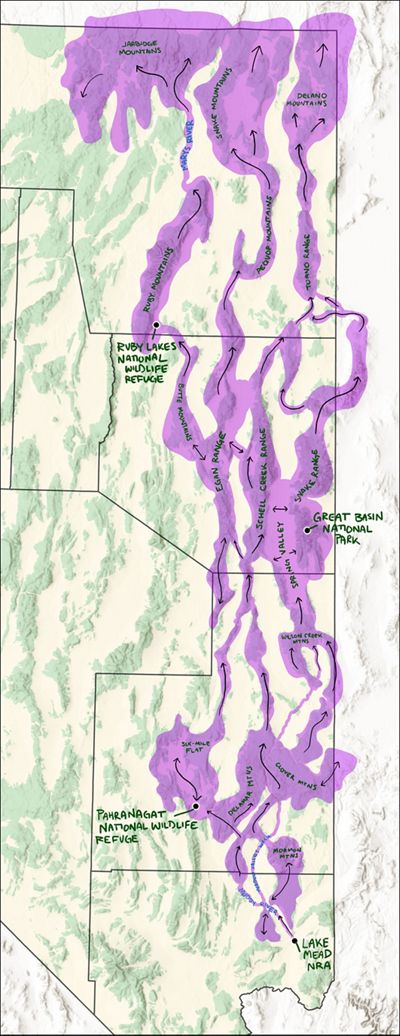
Birds, mammals and plants are being pushed northward or up and around mountains and into cool riparian corridors by warming temperatures and changes in snow and rainfall patterns, and a safe passageway for non-migratory species is not guaranteed. There are fewer than five corridors in Nevada of passably connected mountains ranges and wet valley bottoms that fully allow species movement within a livable climate that can serve as stepping stones to a safe haven for Nevada's wildlife. Monsoon Passage is one of them.
As Nevada considers proposals for protecting 30 percent of land by 2030, it is imperative that we protect lands and waters that will be a refuge for plants and wildlife impacted by climate threats. We can help our ecosystems adapt to climate change by supporting meaningful and durable protections for climate adaptation passages.
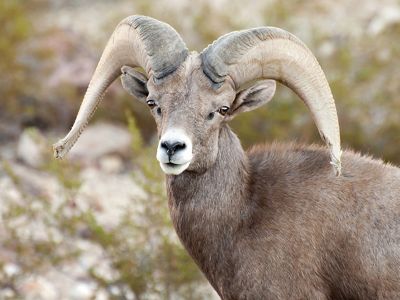
The geography and species of Monsoon Passage
Monsoon Passage follows the Nevada-Utah border and is mostly in Nevada. This climate corridor is vast, extending from the confluence of the Muddy River and the Colorado River’s Lake Mead, to the Great Basin, into Idaho’s sagebrush steppe.
Monsoon Passage includes an important migration flyway where bird watchers gather in the Goshute Mountains to view the raptor migration. The corridor is also at the western edge of the Baja monsoonal storms. The summer monsoon extends 60 miles west into the Great Basin from Utah, and encompasses the Las Vegas area in the Mojave Desert. The monsoonal footprint is critical because it provides increased moisture in an eastward direction, toward Utah, to buffer increasing temperatures in a changing climate.
Ecological systems such as Ponderosa pine, Engelman spruce, bristlecone pine, subalpine grasslands, Stansbury cliffrose, little-leaf mountain mahogany, montane chaparral, swamp cedars, and more are dependent on summer rains. With climate change, it is uncertain whether the edge of the monsoon will move east or west, although the majority of models predict a slight westward movement.
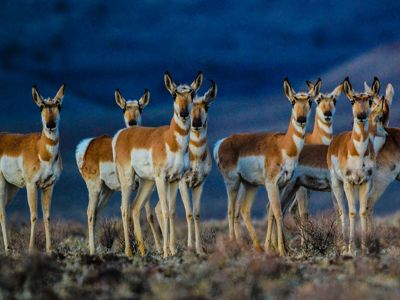
How we are protecting this region
TNC in Nevada staff are working or have previously worked in multiple areas of Monsoon Passage:
- Multiple-species conservation planning in the Upper Muddy River
- Multiple-species habitat conservation plan for the Meadow Valley Wash
- Ownership of Condor Canyon preserve in the Clover Mountains, home to a subpopulation of Big Springs spinedace
- Landscape Conservation Forecasting™ for Great Basin National Park
- Outcome-based grazing on the Winecup Gamble Ranch at the eastern edge of the Jarbidge Mountains
- Landscape Conservation Forecasting™ for the Grouse Creek Mountains and Raft River Mountains of the northwest corner of Utah


Next Steps
- Quantitatively map all of the climate adaptation corridors that begin in Nevada
- Use science to define opportunities for land protection and restoration
- Work with neighboring TNC chapters to map regional climate adaptation corridors
Resources
- Monsoon Passage Fact Sheet (.pdf)
Your Chance to Give Back
The Nature Conservancy is working to protect Nevada's wild places for people and nature.
